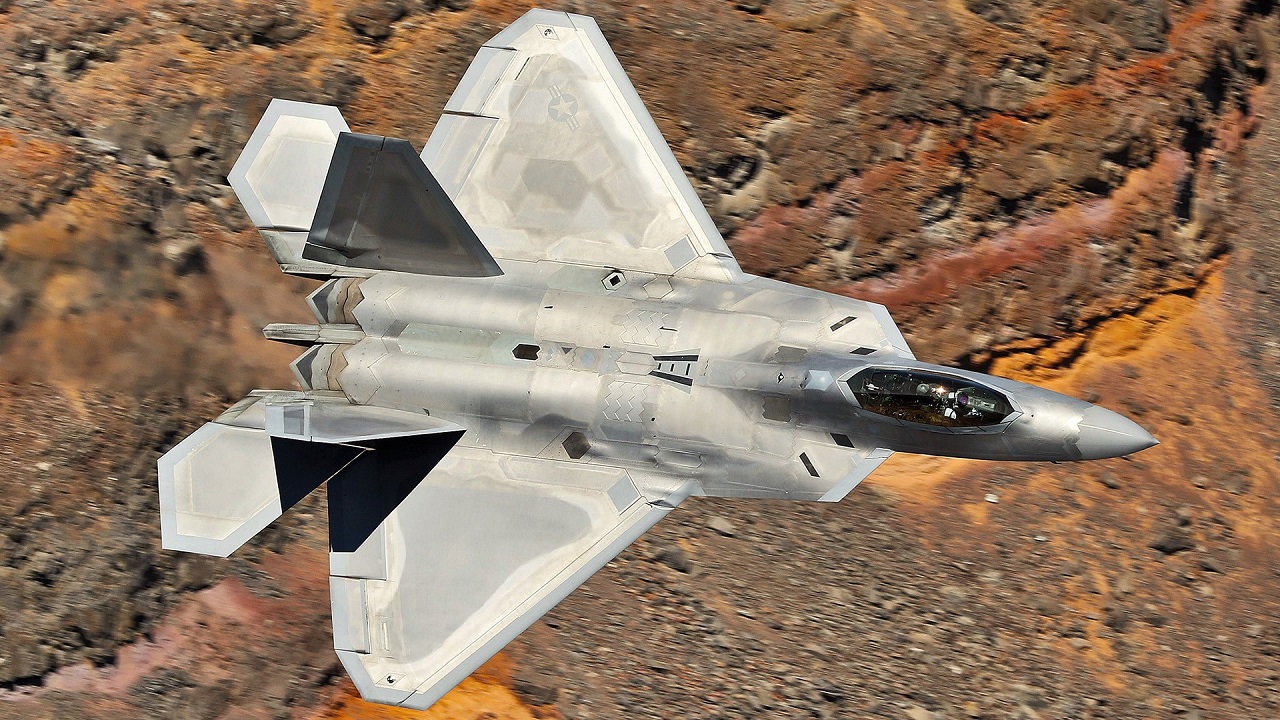Now that Kyiv’s counter-offensive is in full swing, Ukrainian forces are pulling out all the stops to barrage Russian troops with a range of munitions.
From lethal unmanned aerial vehicles (UAVs) to anti-tank missiles, Kyiv is working tirelessly to regain captured territories.
Moscow is hoping that its more advanced air-defense system can deter Ukrainian forces, who are now equipped with a slew of advanced Western weaponry provided by the U.S. and North Atlantic Treaty Organization (NATO) allies.
Russia’s S-500 air defense system is widely touted by the Kremlin as the best of its kind. Moscow has even claimed that the S-500 could effectively combat formidable fifth-generation fighter jets like the F-22 Raptor and F-35 Lightning II.
Introducing the S-500
Russia’s S-500 Prometey hypersonic surface-to-air missile/ballistic missile system is also known as the 55R6M “Triumfator-M.” Designed for jamming enemy aircraft and countering Airborne Early Warning and Control, the S-500 is believed to be Moscow’s most capable air defense system. Russia began expanding its air defense capabilities over the last decade and began developing the S-500 back in 2010, just a few years after deploying its first series of S-400 systems.
While Russia has claimed the S-500 is superior to foreign counterparts, the system’s production has been riddled with delays and other issues. The S-500 was initially meant to hit the production line back in 2011, however this date was pushed back several times and now is expected to begin its serial production in 2025.
Considering the material demands brought on by Russia’s ongoing invasion of Ukraine, the prospects of the S-500 meeting the 2025 deadline are dim.
What do we know about the air-defense missile system?
In 2019, Moscow claimed to have conducted the world’s “largest surface-to-air missile test” after reportedly using the S-500 to strike a target positioned roughly 300 miles away.
The new defense system allegedly is comprised of four 40N6M long-range surface-to-air missiles or two 77N6 interceptors in tubes fitted on a launch vehicle. As detailed be the Center for Strategic and International Studies, “The system features four radar vehicles per battery, including the 91N6E(M) S-band acquisition radar, 96L6-TsP C-band acquisition radar, 76T6 multi-mode engagement radar, and 77T6 anti-ballistic missile engagement radar.9 This radar complex reportedly allows the S-500 to detect ballistic and airborne targets at up to 2,000 and 800 km, respectively.”
While Russia asserts these are the S-500’s true capabilities, it is difficult to verify these specs. Additionally, Moscow claims that this air defense system is capable of taking out fifth-generation fighters and intercepting hypersonic weapons, which is impossible to confirm.
The Kremlin specifically boasted that the S-500 was the only system of its kind that could take down the country’s Kinzhal “hypersonic” missiles. The Kinzhal is an air-launched ballistic missile capable of carrying both nuclear and conventional warheads. Although Russia has often claimed that the Kinzhal is unstoppable, Kyiv revealed that it had shot down one of these missiles using the Patriot system in early May.
If and when the S-500 does enter its serial production phase, it will not fully replace its S-400 predecessor. The Kremlin hopes the new system will play a leading role in Russia’s national air defenses in the future.
Maya Carlin, a Senior Editor for 19FortyFive, is an analyst with the Center for Security Policy and a former Anna Sobol Levy Fellow at IDC Herzliya in Israel. She has by-lines in many publications, including The National Interest, Jerusalem Post, and Times of Israel. You can follow her on Twitter: @MayaCarlin.
From 19FortyFive

